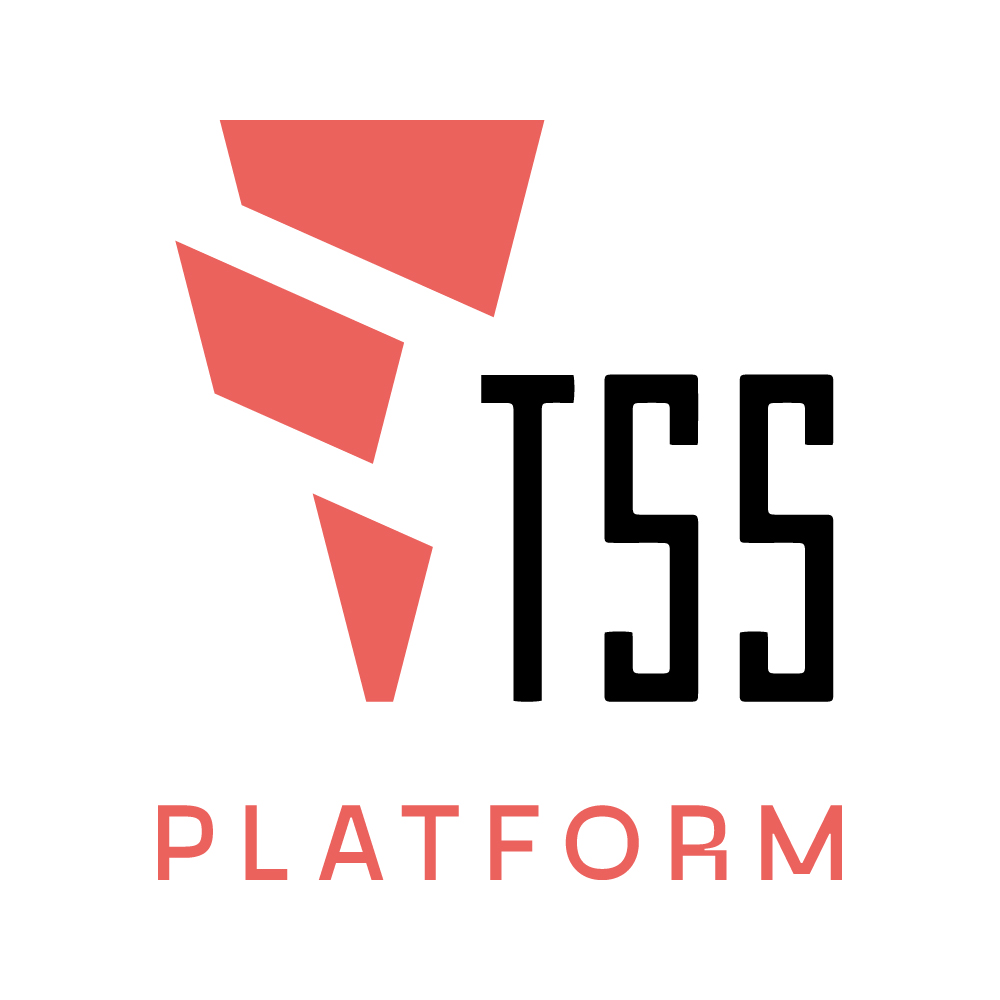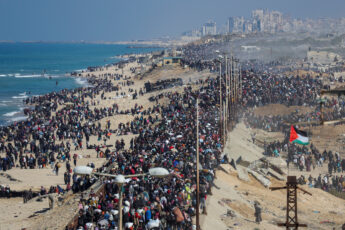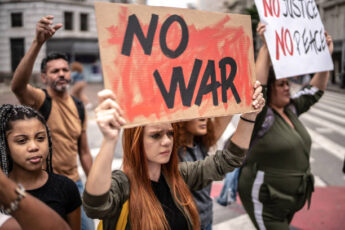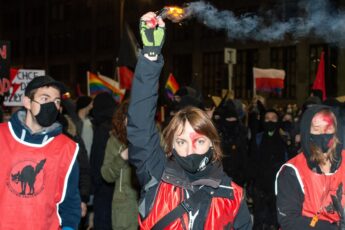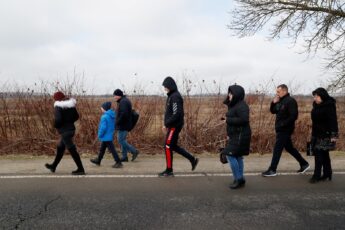
On the 21st of April, a general strike was organized in many cities of the West Bank to oppose the violent attacks that the Israeli government, its army, and colonialists have carried out against Palestinians. The words of M., a Palestinian from Nablus who has been active in the strike, clearly show the violent effects of the Israeli occupation and war against Gaza in the West Bank. There, thousands of Palestinian workers, men and women who were already oppressed by the racist regime of occupation and by the system of labor permits that governed their movement and work in the State of Israel before October 7th, are now experiencing the growing effects of repression, impoverishment, and isolation. However, the strike shows that not even the most extreme violence of the Israeli army and colonialists has destroyed the network of trade unions and organizations that, through the strike, have made their voices heard and sent a message even outside the borders of the State of Israel and Palestine to call for a ceasefire in Gaza and for the end of their exploitation and violence.
***
Before October 7th, many Palestinians from the West Bank faced challenging working conditions in Israel and Israeli settlements, including low wages, a lack of labor rights, and restricted movement. Since the beginning of the war in Gaza, these conditions may have worsened due to increased tensions and security measures, The majority of people who were working inside the occupied territories suffer severely from unemployment and are unemployed. Especially people who do not have a university degree in order to have the opportunity to work in another field. The lack of financial income or its absence has led to the exacerbation of diseases in some families, social problems, the accumulation of debt, and psychological and health effects, as this war has led to the destruction of all these levels and the search for… Any other means of work, regardless of its financial income.
The strike likely involved Palestinian workers across various sectors, organized through unions or grassroots networks. The main political claim was likely to protest against Israeli aggression and occupation, demanding an end to the violence and oppression against Palestinians. Various groups, including labor unions and political organizations, likely participated in organizing and participating in the strike. The decision to protest through a strike was likely a strategic choice to disrupt normalcy and draw attention to the ongoing violence and injustices perpetrated by the Israeli army and settlers. It’s a form of nonviolent resistance aimed at highlighting the plight of Palestinians and pressuring for change.
The strike and protests against the Israeli government’s actions can create solidarity and amplify the message globally, connecting with broader movements for justice, human rights, and anti-war sentiments. Exchanges with Palestinians and Arab citizens in Israel can help strengthen solidarity and understanding of shared struggles against oppression and discrimination.
